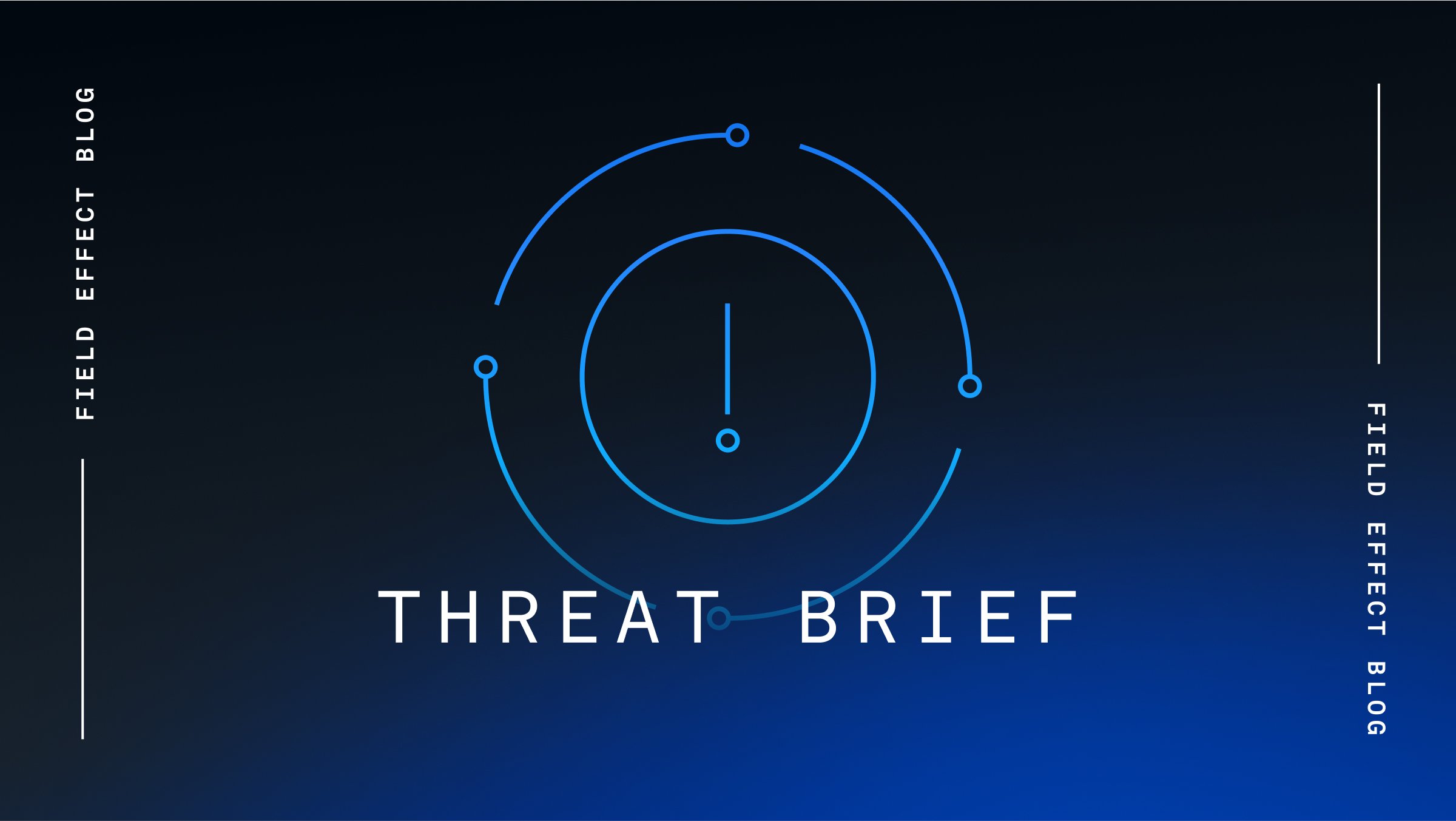The geopolitical landscape has shifted significantly following the June 21 U.S. airstrikes on Iranian nuclear facilities, which marked the first direct military engagement between the two nations in recent years. In response, Iran has issued warnings of retaliation, and global intelligence agencies are closely monitoring for asymmetric responses, particularly in cyberspace.
While Field Effect rarely offers geopolitical commentary, the intersection of cyber and geopolitical risk now warrants a clear, measured update for our clients and partners.
The U.S. government has responded by elevating its cyber defense posture across critical infrastructure sectors. The Department of Homeland Security (DHS) has issued an advisory warning of potential cyber operations by Iranian state-backed actors.
The current environment is dynamic, but not unprecedented: Iran has previously demonstrated the ability to compromise water systems, energy grids, and healthcare networks using brute-force attacks, credential stuffing, and exploitation of industrial control systems in the West.
Threat assessment: A structured view of risk
At Field Effect, we use a threat intelligence framework grounded in three core dimensions:
- Capability: Iran's cyber capability is assessed as medium. Its operators are not the most technically advanced globally, but they are agile, ideologically motivated, and growing adept at reaching exposed assets and unsecured endpoints.
- Intent: Their intent is strategic and retaliatory, aimed at projecting power and disrupting Western institutions.
- Opportunity: The opportunity landscape has expanded due to global instability and may affect under-defended environments.
However, a threat alone does not equal risk.
Risk is calculated as the product of threat, vulnerability, and impact. While the threat level is high due to geopolitical escalation, we assess Field Effect users’ vulnerability as medium, thanks in part to proactive defenses. We assess impact as low, particularly for Field Effect MDR users who benefit from layered protection, continuous monitoring, and rapid response capabilities.
This results in a moderate overall risk level, which is well within our operational thresholds and actively monitored.
Field Effect’s position
At Field Effect, our mission is to ensure that our clients remain secure, informed, and resilient, regardless of the external threat landscape.
Our detections are continuously updated to neutralize emerging threats, and our teams are engaged in real-time monitoring, IoC sharing, and threat analysis across trusted networks. Field Effect MDR is designed to detect and neutralize threats before they become incidents.
Think of our approach like securing a home: we don’t focus on who might break in, we focus on ensuring there’s no way in. This is done by minimizing opportunity, the most controllable element of the threat equation.
We’ve seen similar escalations before—from the onset of COVID-19 to the Russia-Ukraine conflict—and our clients, and our partners’ clients, remained protected throughout.
We encourage business leaders to remain informed but not alarmed. Our team is here to support strategic decision-making, ensure business continuity, and reduce risk through actionable intelligence and world-class defense.
If you have further questions about this topic, contact our team here. Existing partners can reach out to their rep with any questions or for more information.
